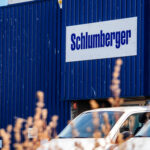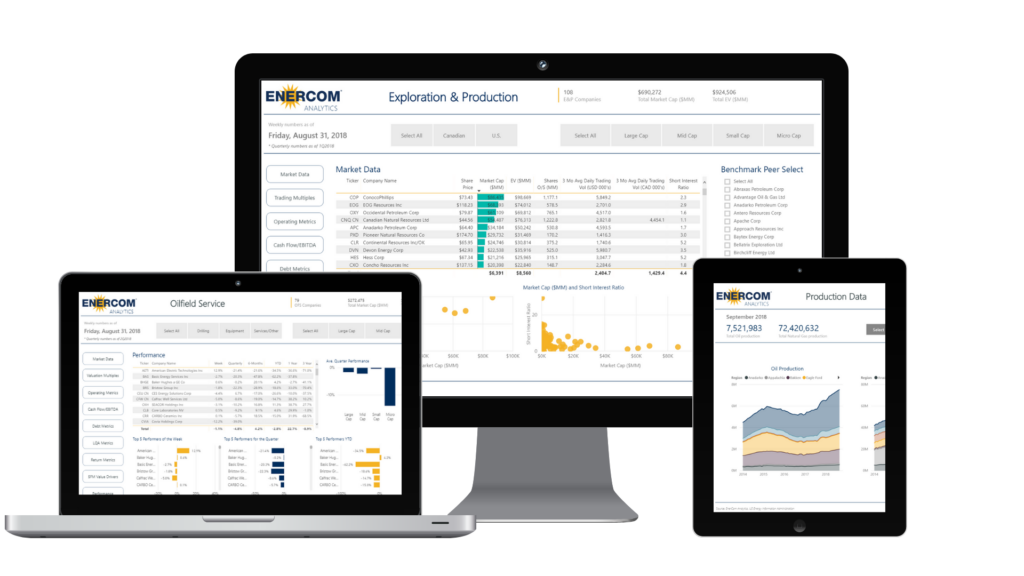Offering 10.7 million shares for $14 to $16 per share
Denver-based Liberty Oilfield Services announced the launch of its initial public offering today, marking the resumption of prior efforts to go public.
Liberty will offer a total of 10,714,286 shares of its Class A common stock, with an anticipated offering price between $14 and $16 per share. The company will trade under the ticker “LBRT.” At $16 per share, the sale would raise $171.4 million for the company. Liberty will use the majority of the proceeds to pay down its credit facility, with the rest going toward CapEx and general corporate purposes.
This offering is the second time Liberty has made moves to go public, as the company also began the process of an IPO in early 2017, which turned out to be a time when markets weren’t as friendly to energy IPOs. In that offering, Liberty planned to offer 22,014,955 shares at a price between $16 and $19 per share. That offering had the potential to raise over $418 million, but was postponed in May.
While the total raised from this offering is lower, Liberty has secured other funding recently. In October, the company announced it entered two new debt facilities consisting of a $175 million, five-year term loan and a $250 million asset-based revolving credit facility (ABL) subject to a borrowing base. Upon closing, $55 million was drawn on the new ABL, positioning Liberty with over $100 million of available liquidity. Based on the company’s S-1, Liberty currently has $30.1 million drawn on its ABL.
Liberty expects three new fleets and four upgraded fleets in first half of 2018
Liberty has grown significantly in the past six years, from one active fleet in December 2011 to 19 active fleets at the end of 2017. This growth is expected to continue, as companies expand operations in the Permian and elsewhere. Based on the company’s S-1, Liberty will deploy three additional standard fleets and upgrade four existing fleets to high pressure operations by the end of Q2 2018. This would give Liberty a total of 22 active fleets, with over 1 million hydraulic horsepower.
The company is active in many of the most active basins in the country, the Permian, Eagle Ford, DJ, Powder River and Williston. Two of the newbuild fleets will likely go to the Permian, the heart of modern oil and gas activity. Service operations in the Permian are still tight, as the demand for fracturing equipment has expanded more quickly than the supply.
According to Jagged Peak Energy (ticker: JAG) the additional costs of spot fleets in the basin are near $1 million per well, so new fleets will be entering a market with significant demand.








